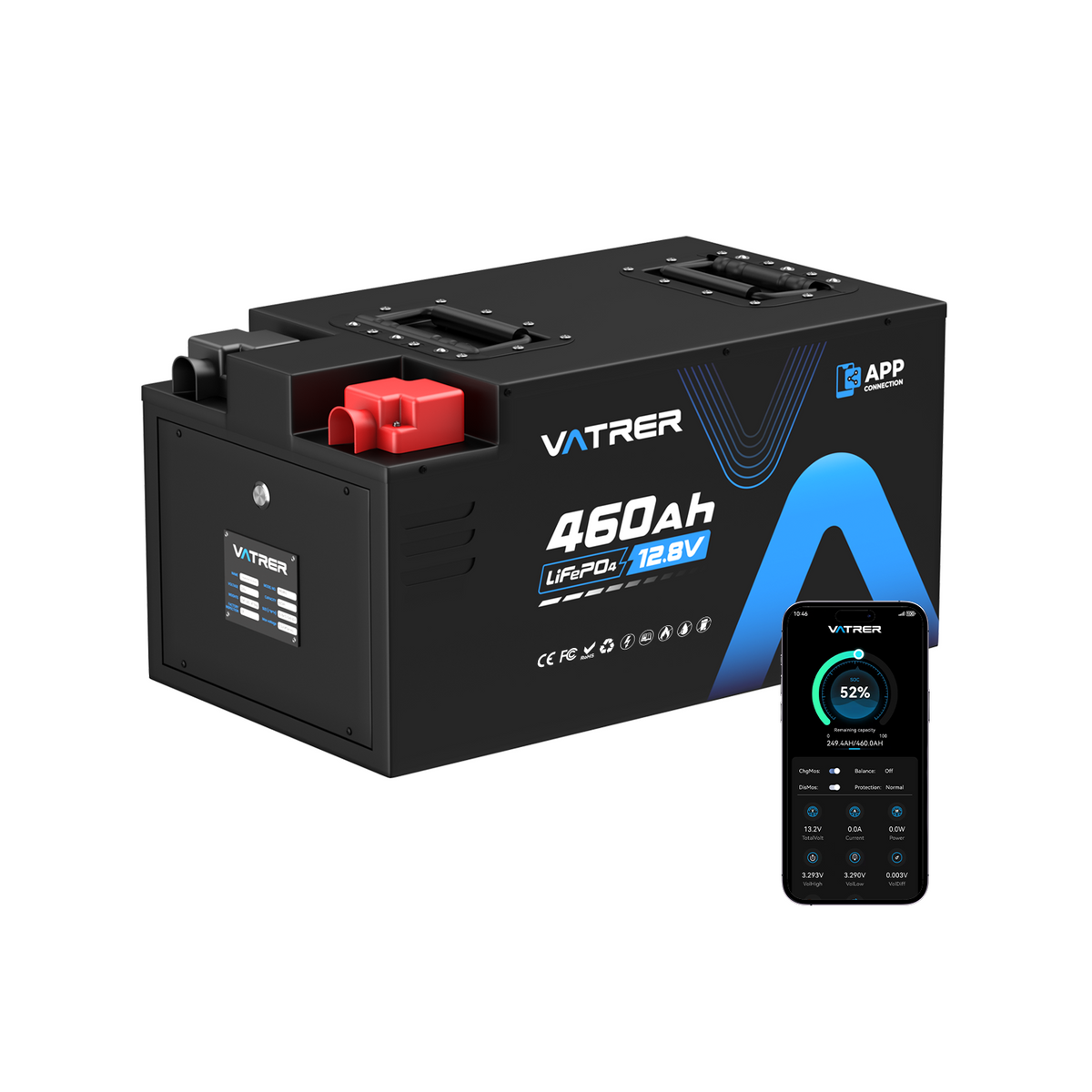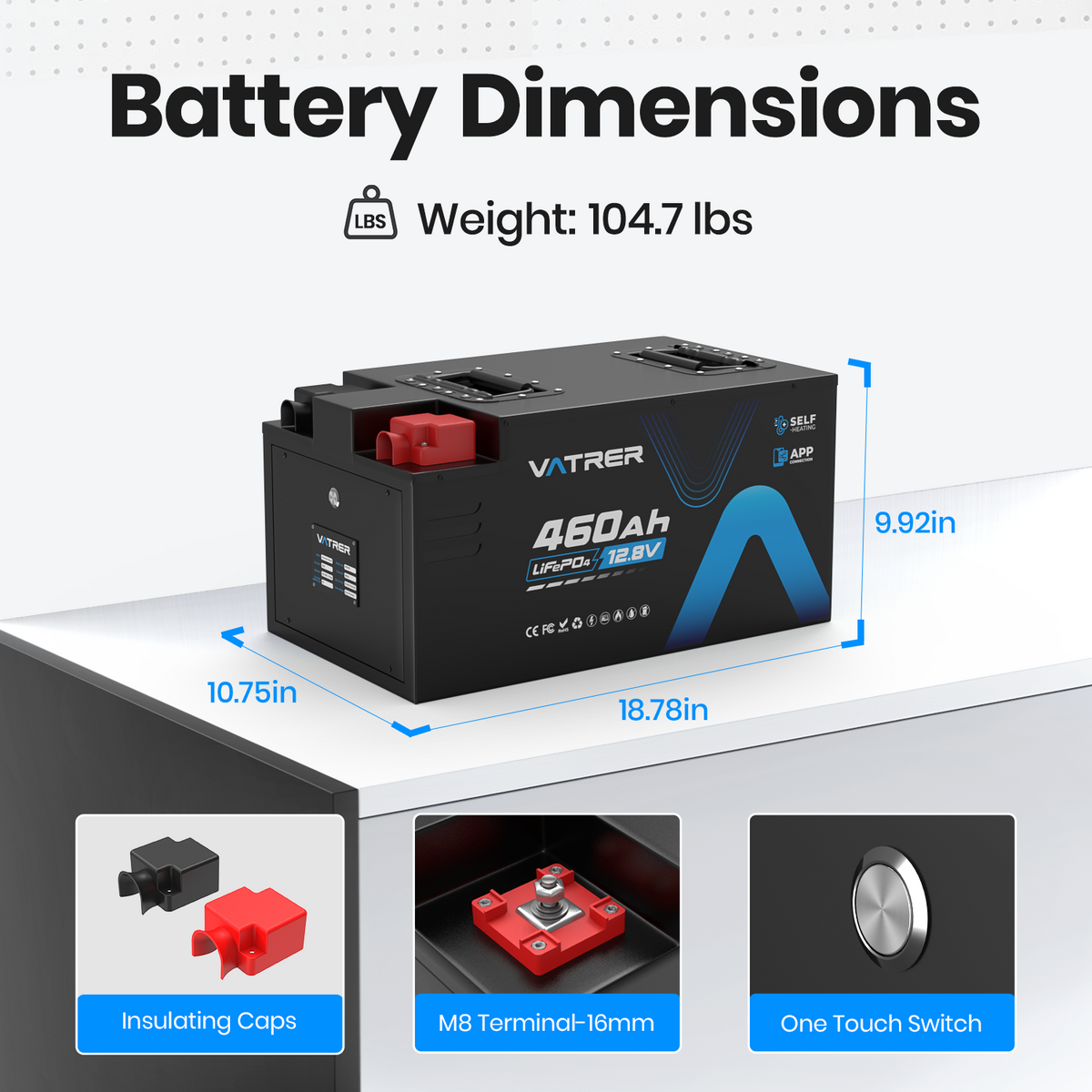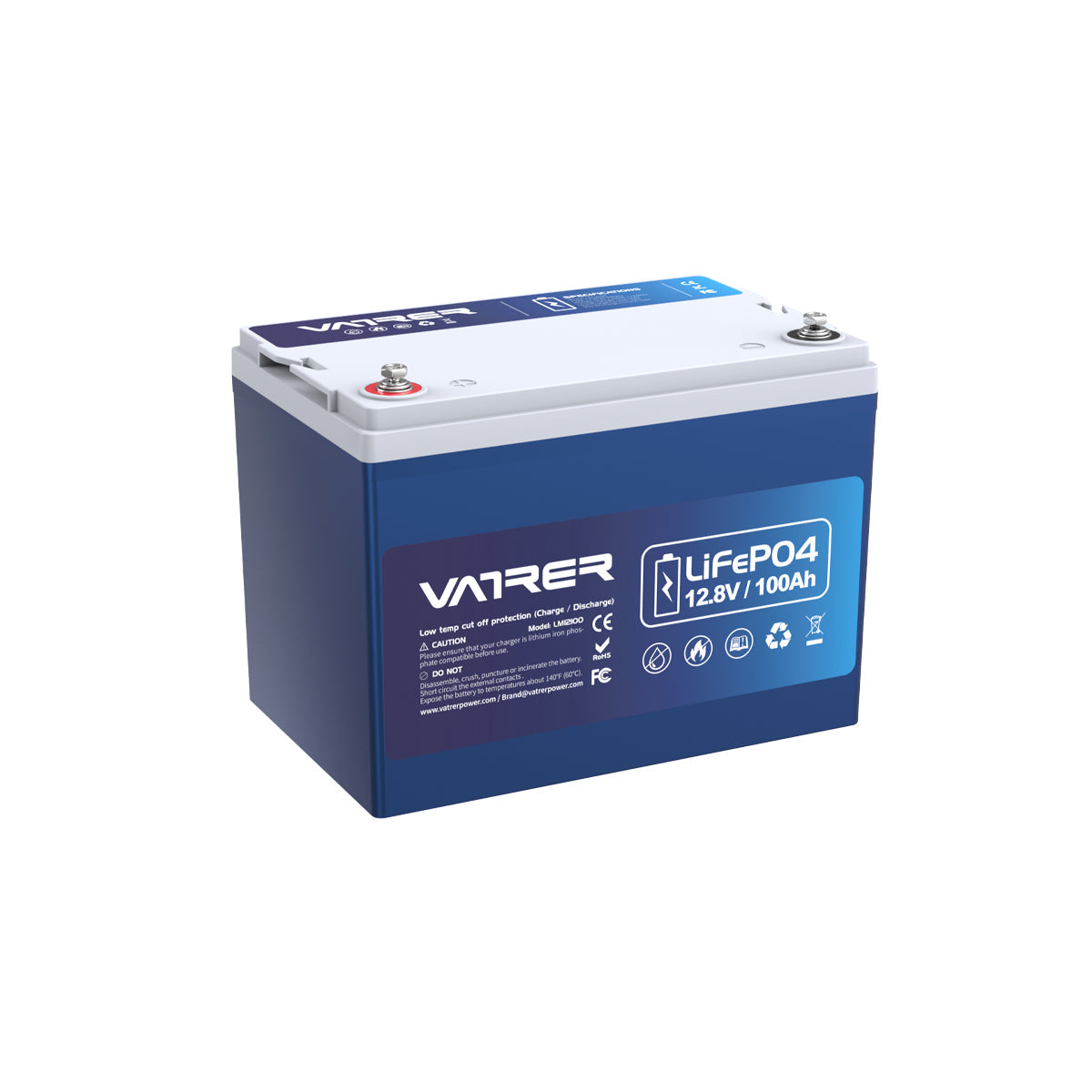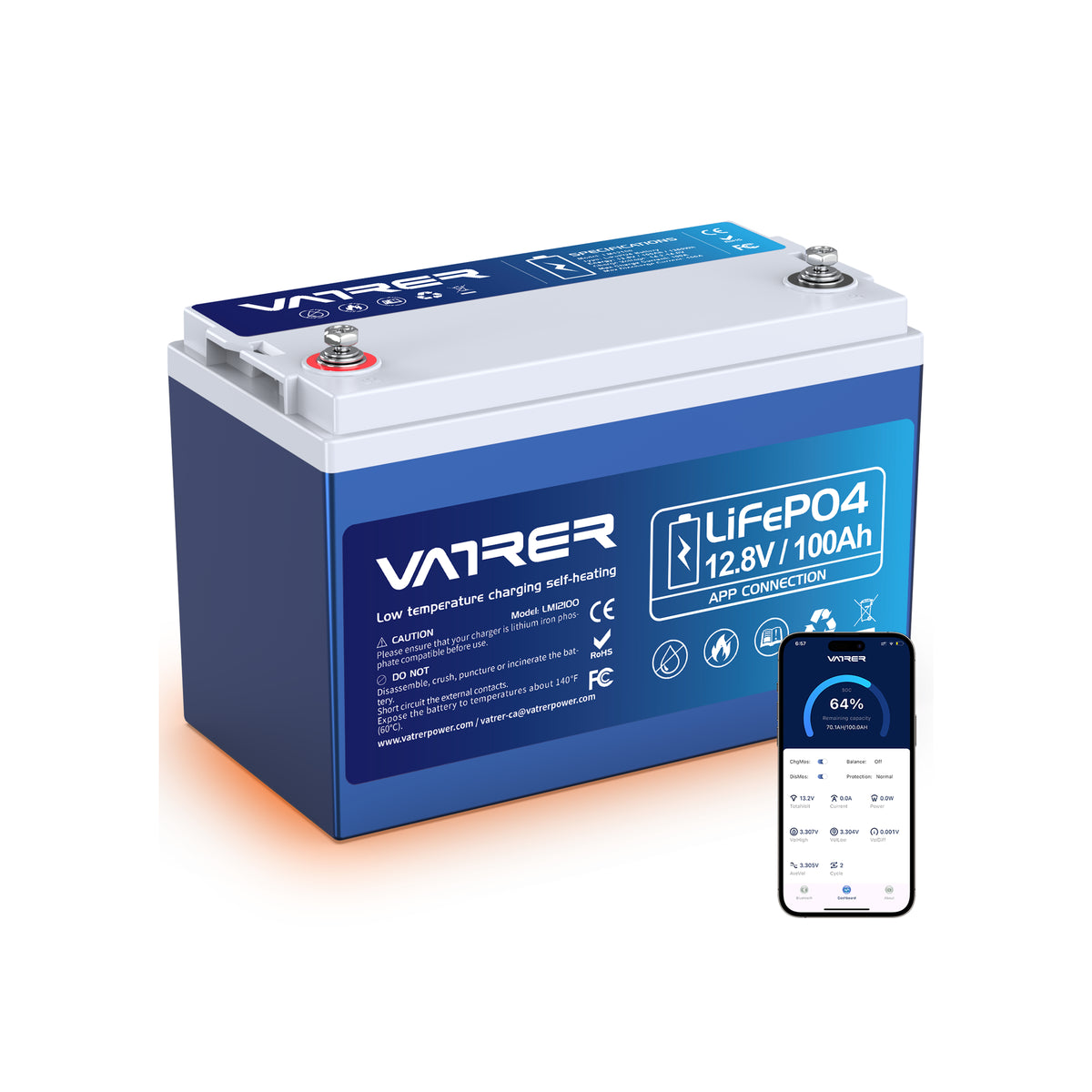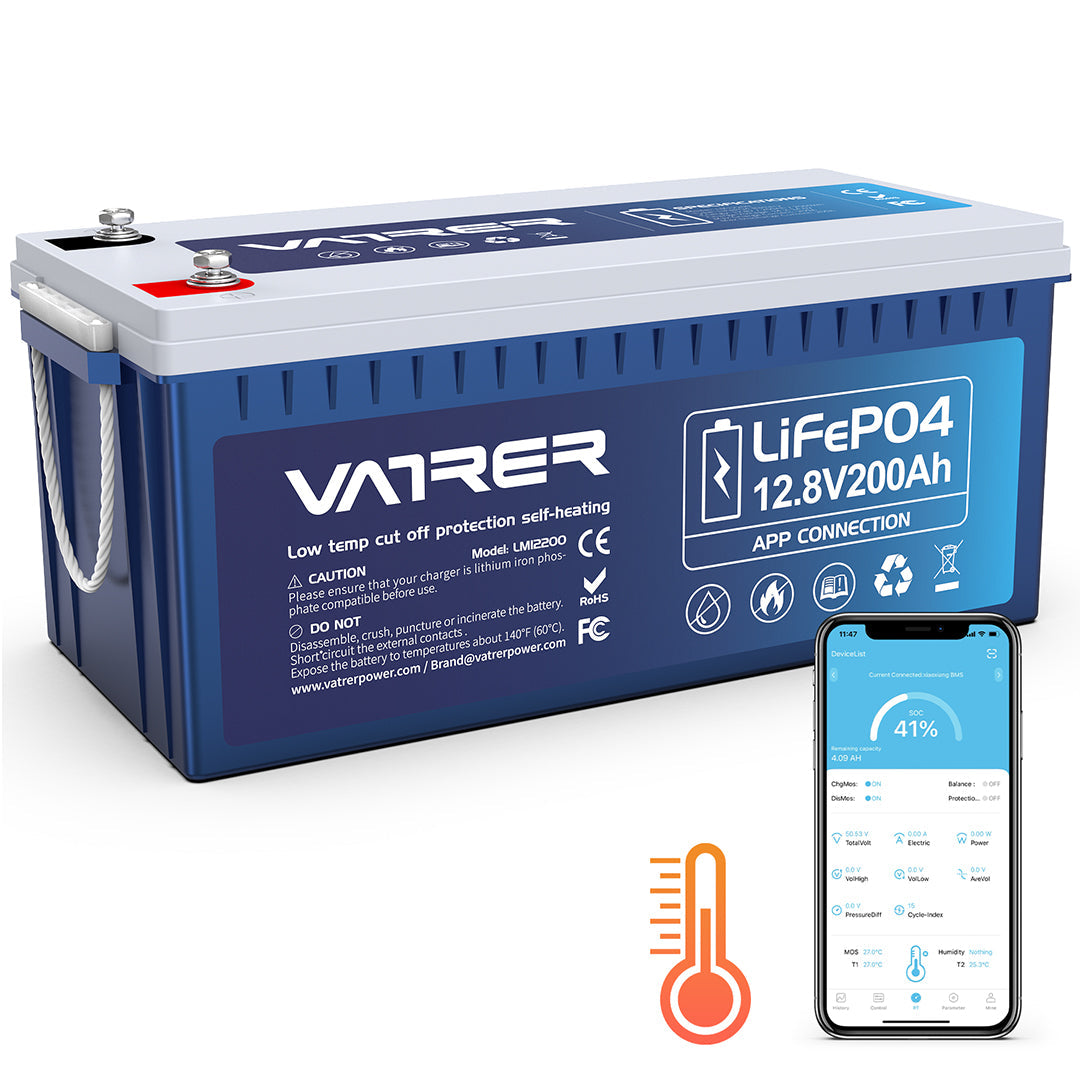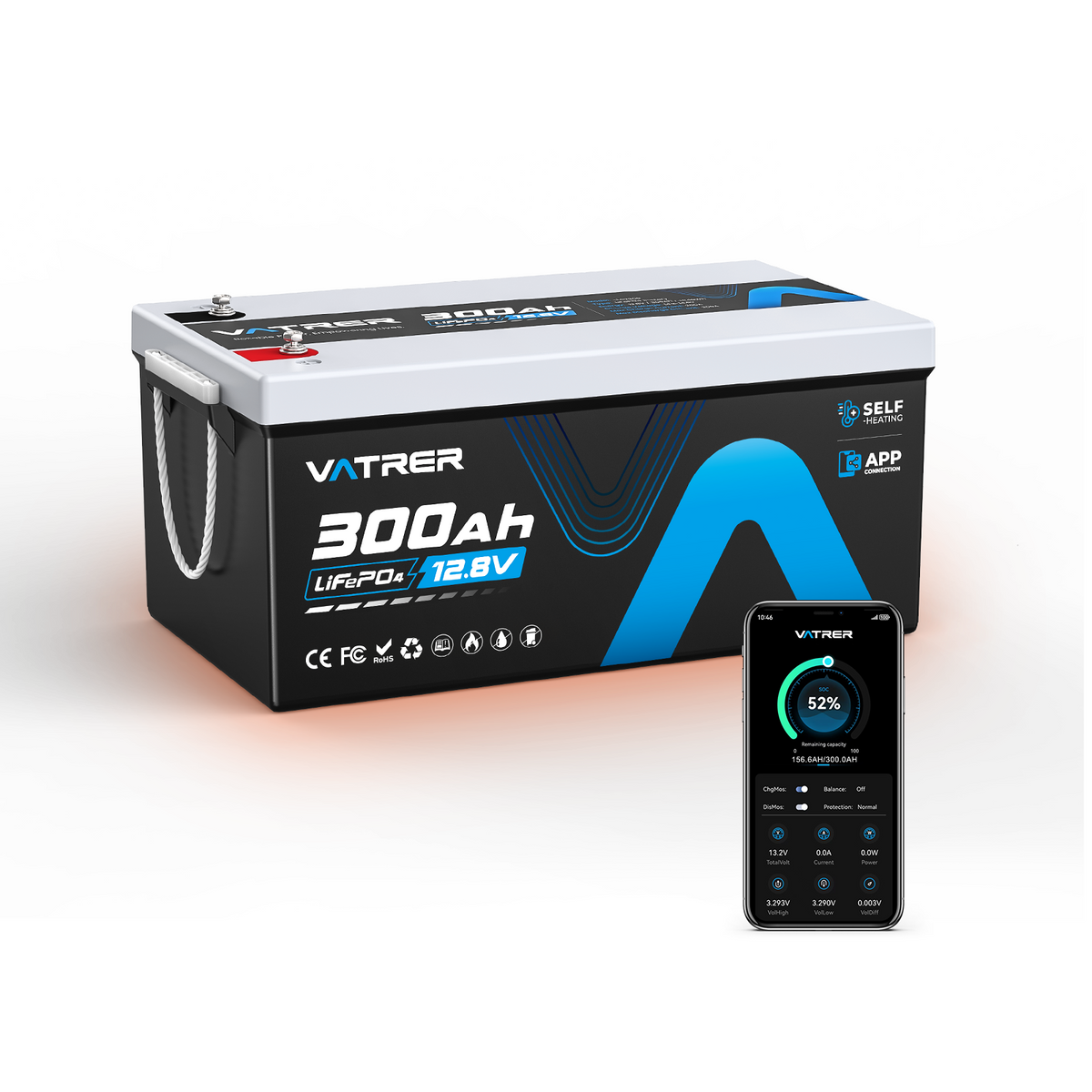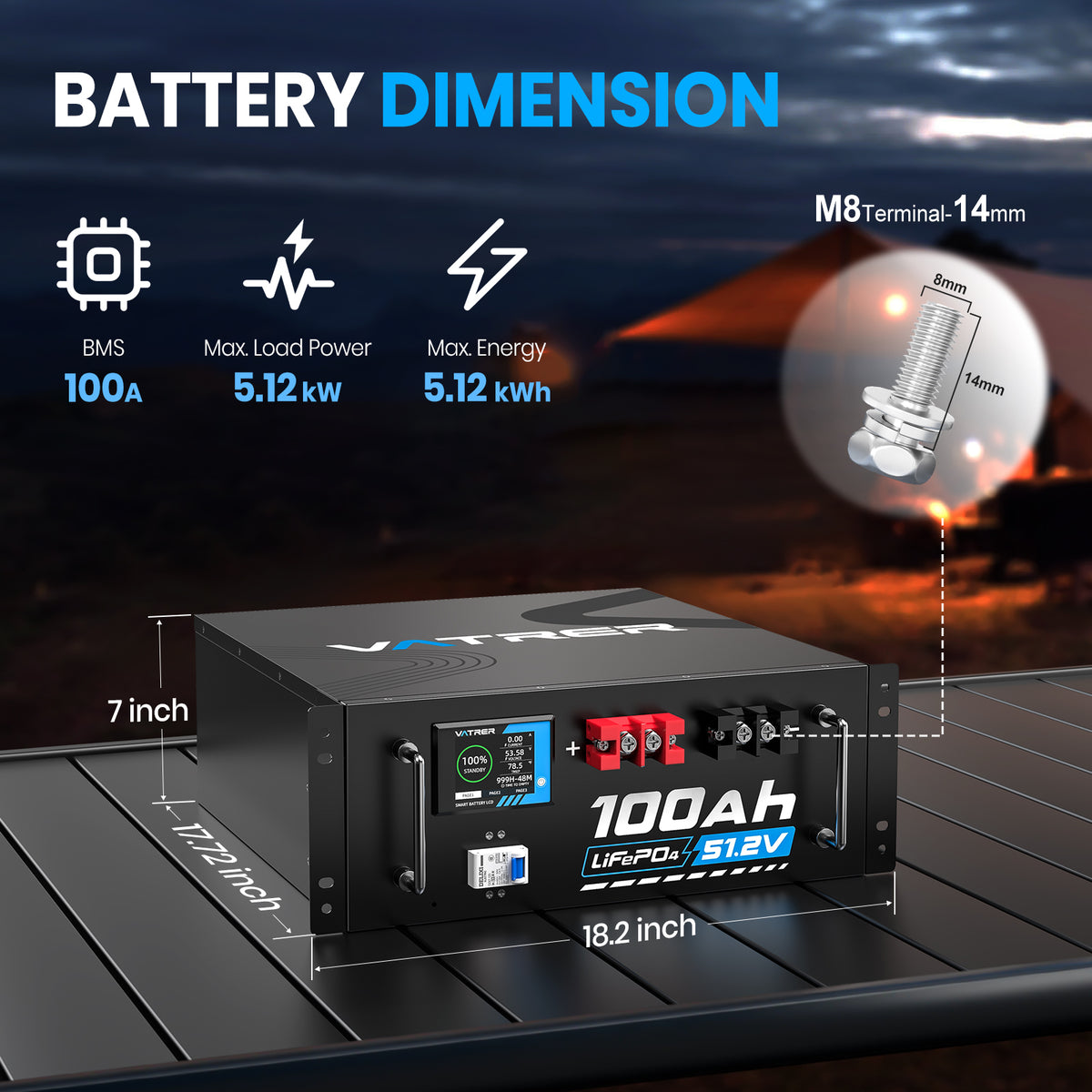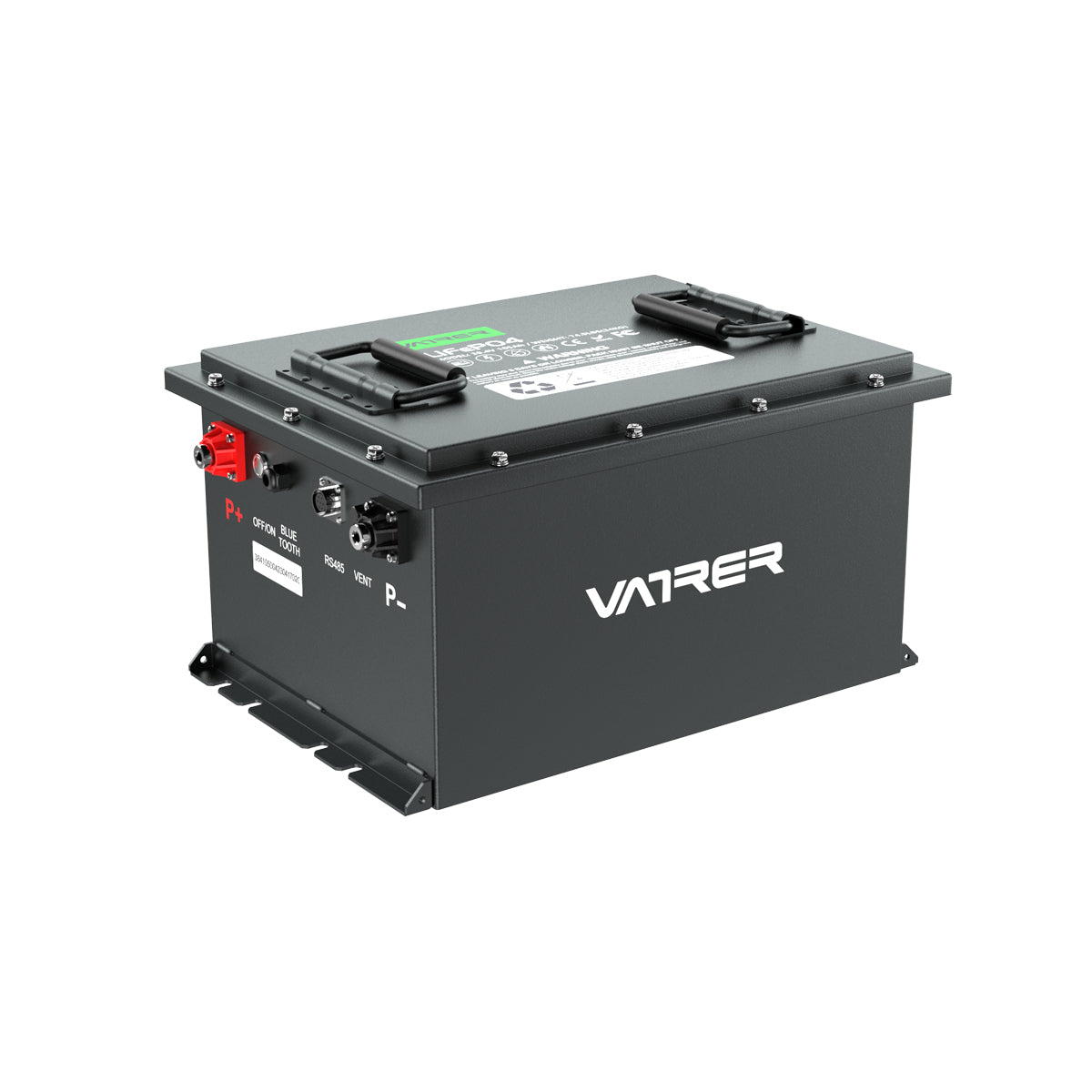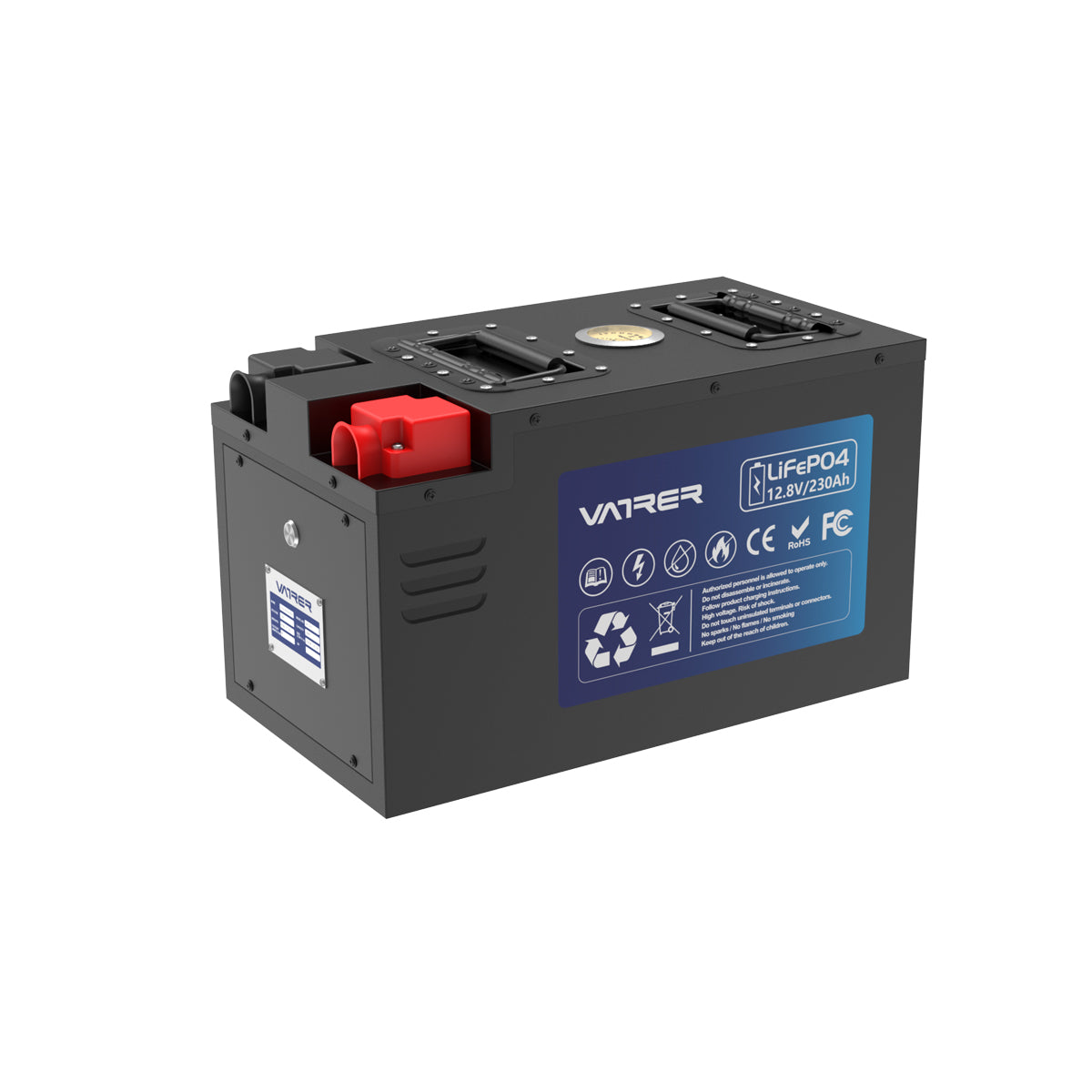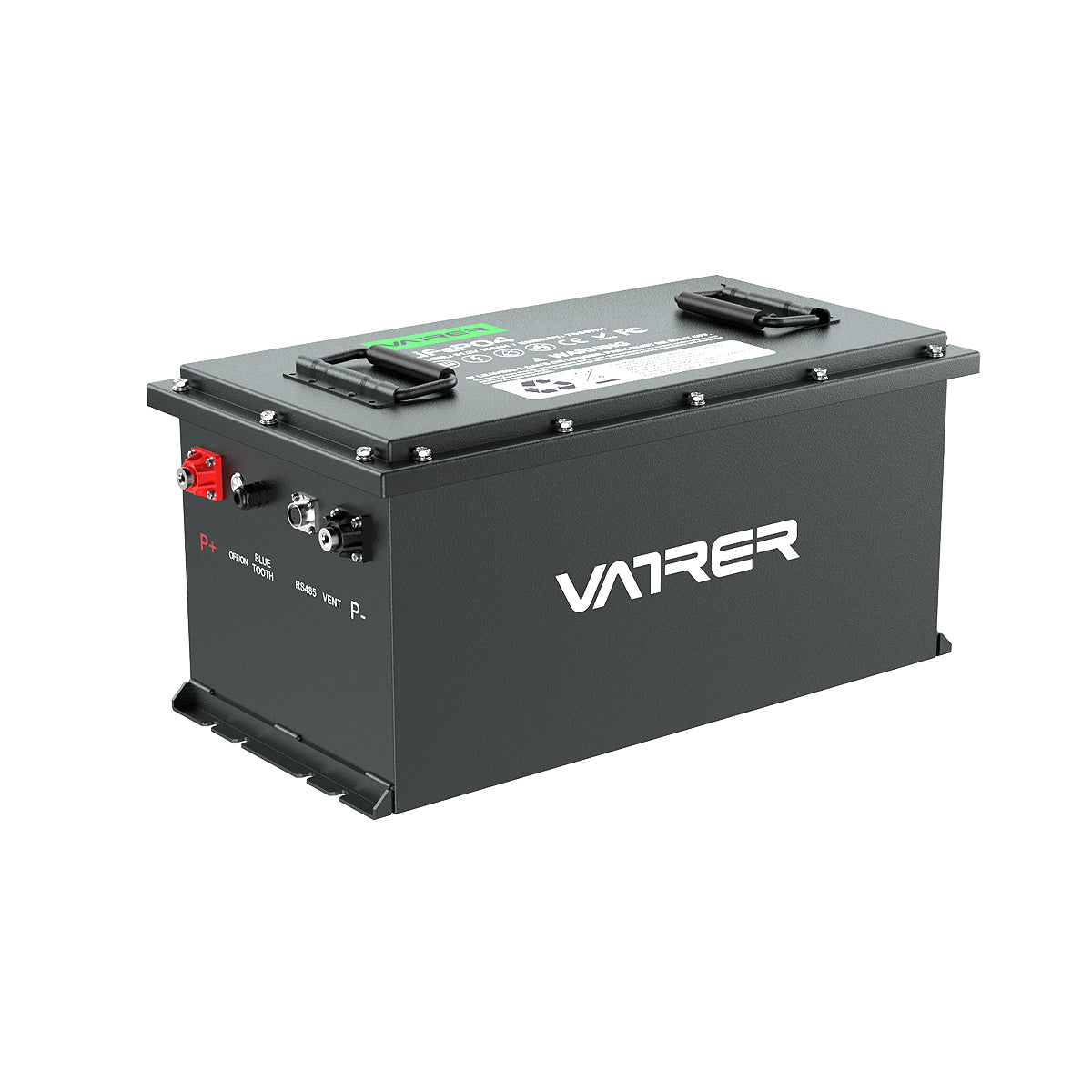Welcome to the Voltage Detective Agency, my fellow golf cart enthusiasts! Today, your mission, should you choose to accept it, is to uncover the deep, electrifying secrets of your golf cart: Is it a 36-volt or a 48-volt? Grab your detective hats (and maybe a multimeter), because we’re about to dive into a fun exploration that even Sherlock Holmes would envy!
Step 1: Gather Your Clues
Check the Manufacturer’s Badge or Manual
Before you start flipping seats or dismantling parts, check for any easy clues. Many carts have a label or badge on the body or dashboard that specifies the voltage. If you have the owner’s manual lying around, that’s like finding a map to the treasure – it should state the voltage clearly.

Step 2: Count the Battery Troops
Open the Battery Compartment
Put on your gloves, and let’s do some sleuthing! Most golf carts have their batteries under the seat. Lift it up and prepare to count. Remember, safety first – avoid touching battery terminals.
Count the Batteries and Multiply
Once you have a clear view, count the number of batteries installed. Each battery typically has a voltage of 6 or 8 volts. Now, grab your calculator (or just use your sharp detective brain), and multiply the number of batteries by the voltage of each.
Example: If you find six 6-volt batteries, 6 x 6 = 36 volts. If you find six 8-volt batteries, 6 x 8 = 48 volts. Voilà! You’ve just discovered the voltage of your golf cart.

Step 3: Use Technology – The Multimeter Method
Grab a Multimeter
If counting batteries seems a bit too old school for you, or if the batteries aren’t clearly marked, a multimeter can be your high-tech sidekick.
Measure the Total Output
Set your multimeter to measure voltage, connect the probes to the battery pack’s main positive and negative terminals (the big wires, not just on one battery), and check the reading. It should give you a total voltage that’s close to either 36 or 48 volts.
Step 4: Look for Voltage Indicators in Components
Inspect the Motor Controller
If you’re feeling particularly adventurous, locate the motor controller (often a silver box with lots of wires). Sometimes, there’s a label on it indicating the voltage it’s designed for – another clue uncovered!

Step 5: Ask for Help
Consult the Pros
If all else fails, or if you just want to double-check your brilliant detective work, take your cart to a professional. Sometimes, even the best detectives need a Watson.
Conclusion: Crack the Case!
Discovering whether your golf cart is a 36-volt or 48-volt model doesn’t require a magnifying glass or a deerstalker hat, just a bit of curiosity and some basic detective skills. With these simple steps, you can ensure that your golf cart is properly identified, leading to better maintenance and more efficient usage. So, whether you’re charging down the fairway or just cruising around your community, you’ll know exactly what powers your trusty ride. Happy detecting, and even happier golfing!
Continue Reading:
1. What You Should Know About Golf Cart Lithium Battery
2. Top 5 Golf Cart Lithium Batteries
3. Buying Guide: Golf Cart Batteries
4. How to Test Golf Cart Batteries: A Comprehensive Guide
5. The Lifespan of Golf Cart Batteries: How Long Can They Last?





